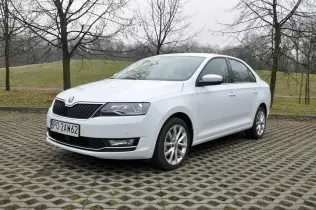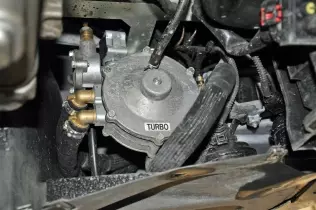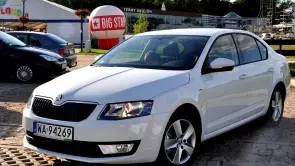- Main page
- Search
- Up to date
- Products
- Technology
- Vehicles
- Video
- Conversion Payback Simulator
Port Injection - Conversion Payback Simulator
Direct Injection - Conversion Payback Simulator
Diesel - Newsletter
Skoda Rapid LPG - with a single "but"
- Home page
- Up to date
- Reportages, interviews, road tests
- Road tests
- Skoda Rapid LPG - with a single "but"
« Powrót
 loading results...
loading results...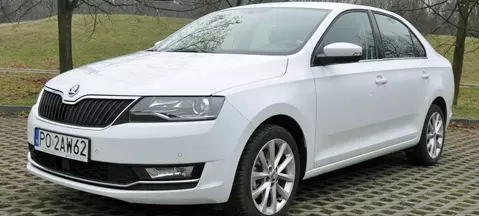 © gazeo.com
© gazeo.com 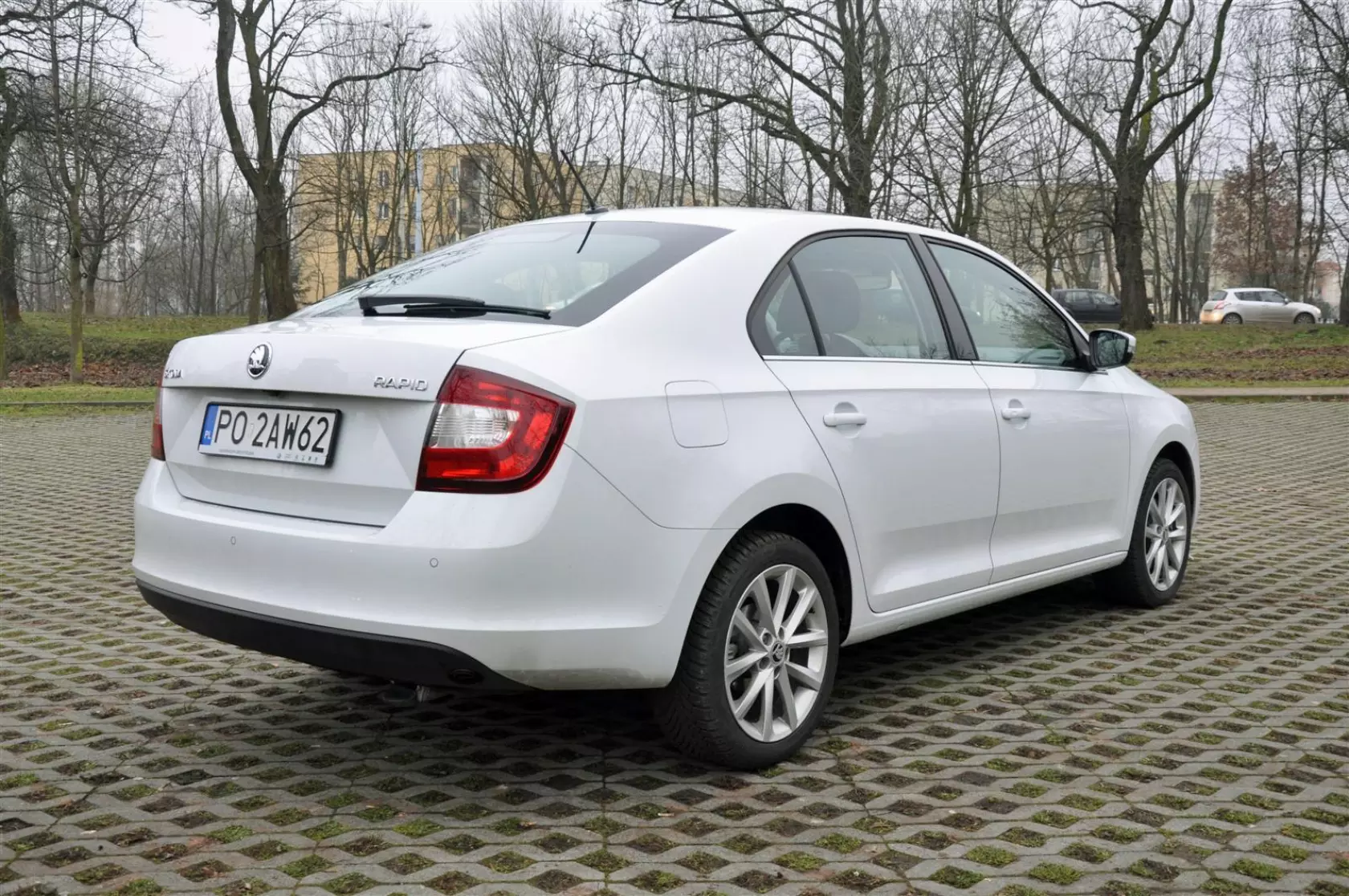 It may look like a shrunk Octavia, but that's exactly how it's meant to look
It may look like a shrunk Octavia, but that's exactly how it's meant to look  Not too convenient and exposed to dirt, but inconspicuous and safe to the body - the refueling valve is in the black part of the rear bumper
Not too convenient and exposed to dirt, but inconspicuous and safe to the body - the refueling valve is in the black part of the rear bumper 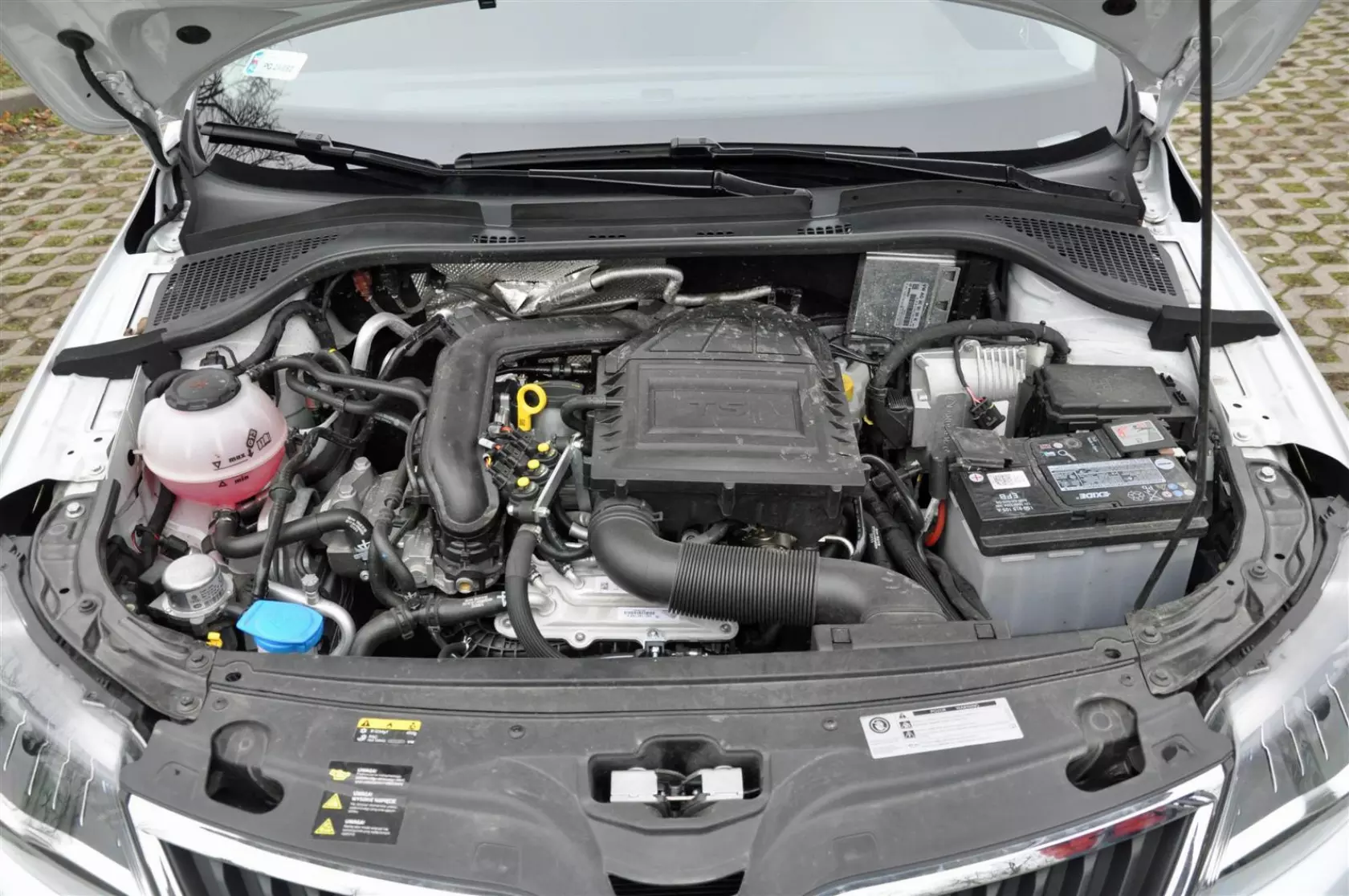 Neat and orderly, just like in all other officially converted Skodas
Neat and orderly, just like in all other officially converted Skodas 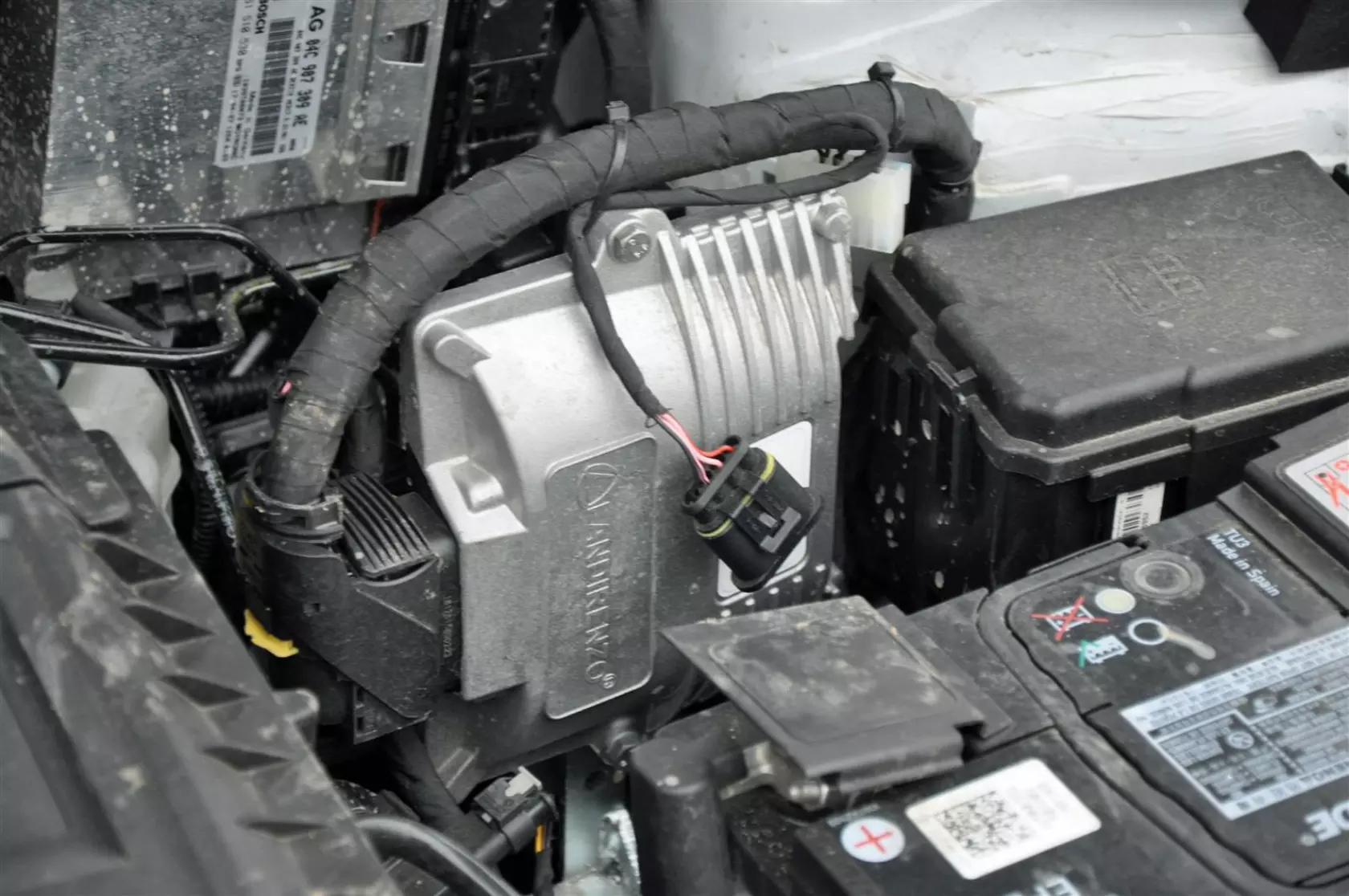 The streamlined case of the ECU makes no difference functionally, but hints at a more modern "content"
The streamlined case of the ECU makes no difference functionally, but hints at a more modern "content" 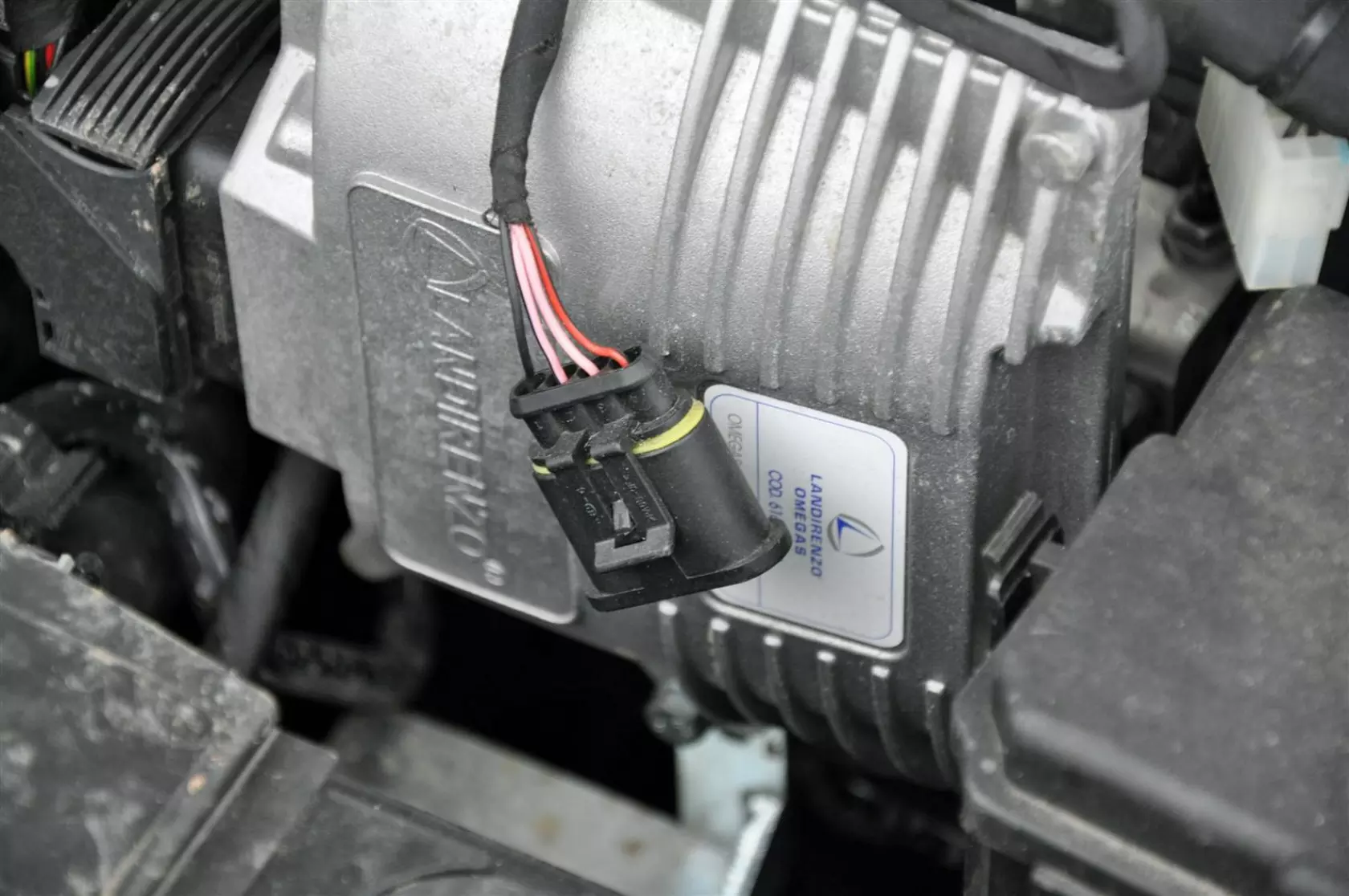 The diagnostic socket means you'll be able to service the car outside Skoda's official network, but for your own sake do it only when the warranty ends
The diagnostic socket means you'll be able to service the car outside Skoda's official network, but for your own sake do it only when the warranty ends 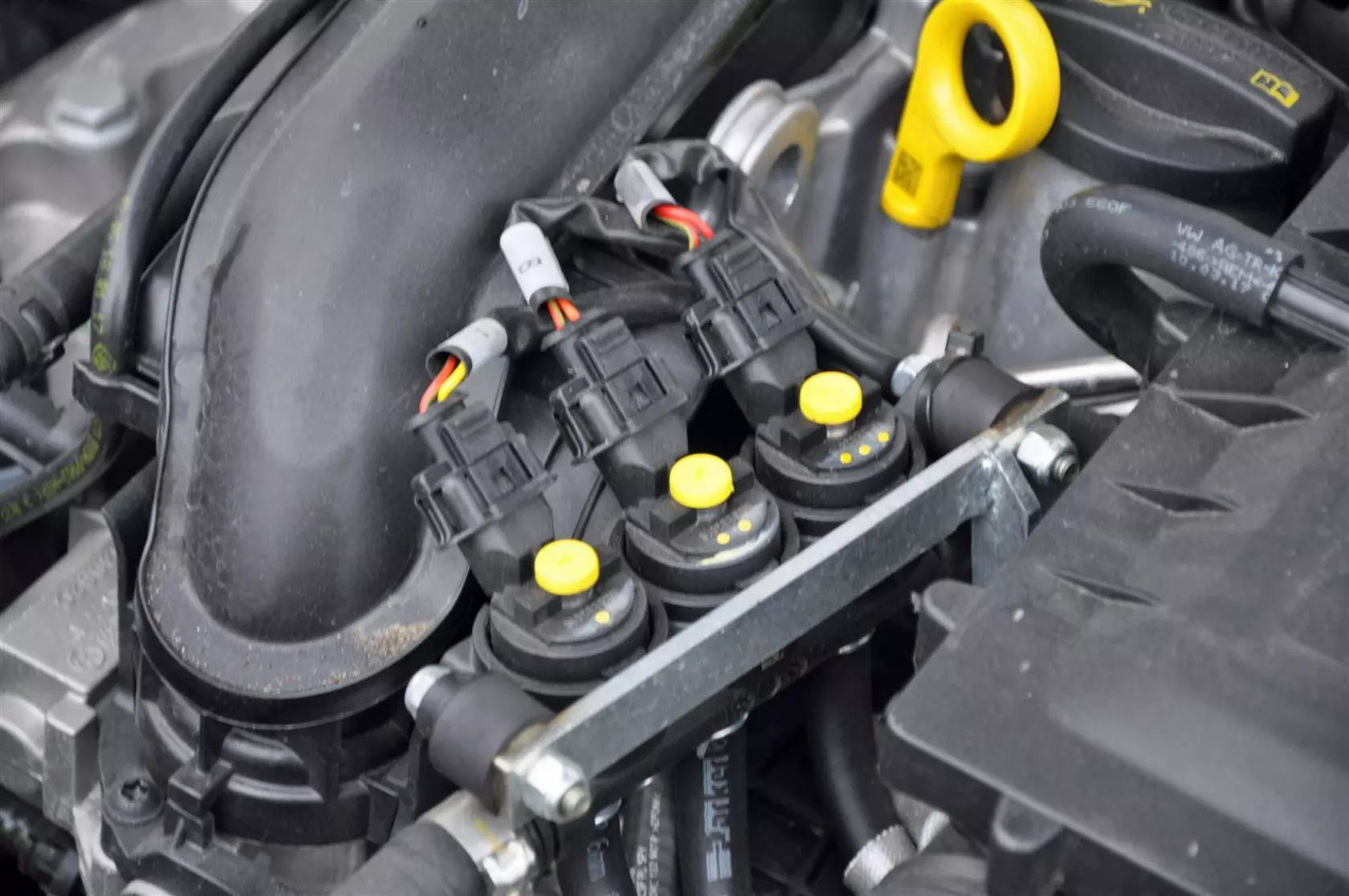 Three-cylinder engines are becoming more common, so prepare to see these more often
Three-cylinder engines are becoming more common, so prepare to see these more often  Damaging the reducer in a fender bender collision? Sadly, it's becoming more and more possible
Damaging the reducer in a fender bender collision? Sadly, it's becoming more and more possible 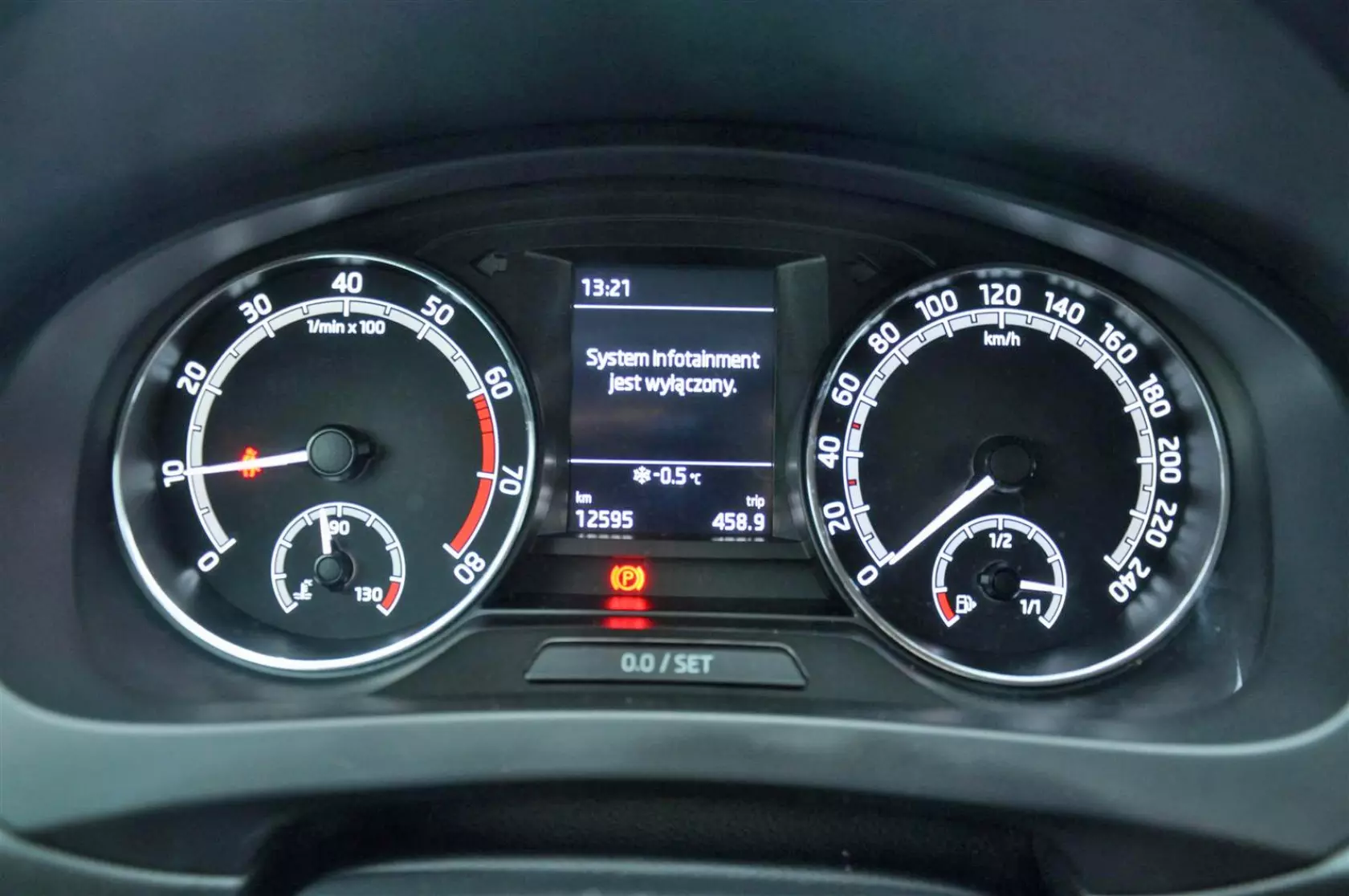 Using 3/4 of the LPG tank's contents means using 1/8 of the petrol tank's contents alongside. That's a tad too much
Using 3/4 of the LPG tank's contents means using 1/8 of the petrol tank's contents alongside. That's a tad too much 








Neither here nor there
For lack of a better word, the Rapid is a filler in the Czech brand's line-up. On the one hand, the Octavia III is significantly bigger than its predecessor, on the other – the unpopular Fabia sedan is out of the range, so there's definitely room for an in-between model, one balancing between B and C segments on the market. With a wheelbase exceeding that of the original Octavia, but a sub-4,5-metre length, the Rapid is no longer a supermini, but not yet a compact, either. Actually, it's rather typical for Skoda – the Octavia and the Superb have been practicing this kind of dual personality for years, just higher up the ladder.
Narrow, but long and capacious
While the wheelbase and overall length make the Rapid "almost compact", its width give it away as a car related to superminis – two full-grown men in the front seats hit each other with elbows, which is understood given the car is narrower by almost 11 cm (without the mirrors) than the Octavia. Behind them, three passengers can travel without complaining about leg room, even if the driver is 185 cm tall (that's thanks to the 2602 mm wheelbase, by 90 mm more than the first Octavia offered), but one of them should be a child, and preferably two. The boot, though, is straight from a car two sizes bigger – it can hold 550 l of luggage. Despite conversion to LPG, it's fully useable since the spare wheel isn't there – it's been replaced with a tyre saver kit.
Got popcorn and 3D glasses ready?
This is the moment for the autogas system to storm the stage, so we're leaving the floor to it. Sit back and enjoy the pivotal part of our review!
Absent, yet present
Now, let's add something to what we've already said in the above video. Let's start with the reducer that we were unable to locate without lifting the car. Once we did lift it and removed the bottom engine cover, we found the vapouriser and identified it as the LI 10 Turbo, typical for LANDIRENZO OMEGAS DIRECT applications. Using this particular version is major foresightedness on Skoda's part, since even the basic variant of the LI 10 handles powers of up to 190 PS (and the Turbo manages to feed 218-PS units singlehandedly). Just to remind you, the Rapid's 1,0 TSI engine offers 110-115 PS and it never works on LPG alone.
Economical, but not that economical
And that's where we get to the question of fuel economy. According to Skoda, a full tank of petrol is enough for 5000 km of driving (that's the interval for adding petrol stabiliser), given you refill with autogas regularly. Having covered 470 km, we only used 32 l of LPG, which means there were still some 10 l left in the tank. This means LPG fuel economy of 6,8 l/100 km, which would be great, were it not for the fact that those 32 l of autogas were accompanied by 7 l of petrol used for obligatory interjections. 6,8 l of LPG combined with 1,5 l of petrol per 100 km still means low fuel bills, comparable to using 10 l/100 km of LPG alone, but the fact that 18% of all fuel the Rapid needs is petrol is somewhat disturbing.
A more intelligent switch
Ordinary as it appears, the petrol-to-LPG-and-back switch has a new feature that we like. It's the first we've seen in a car converted with a LANDIRENZO system that signals emergency level of LPG in the tank. When the red LED comes on, the switch lets out a short single beep to inform the drive that it could be a good idea to start thinking of visiting a station. It sometimes goes off prematurely, e.g. if you turn or brake and fuel in the tank floats, but we like it nonetheless.
The time to buy is now
Even if driving the Rapid 1,0 TSI LPG means learning to live with a car that needs 1,5 l of petrol per 100 km, we would still recommend it. Yes, you'll have to make a habit of refilling your petrol tank every other time you refuel with autogas so that the petrol stabiliser doesn't get too diluted or used up completely, but given your fuel bills are slashed by 1/3, it's worth the hassle. Especially now that the autogas system is offered at less than half the price. Shut up and give them your money!
Zobacz stronę producenta:
LandiRenzoYou may also find these interesting:
 loading results...
loading results...
